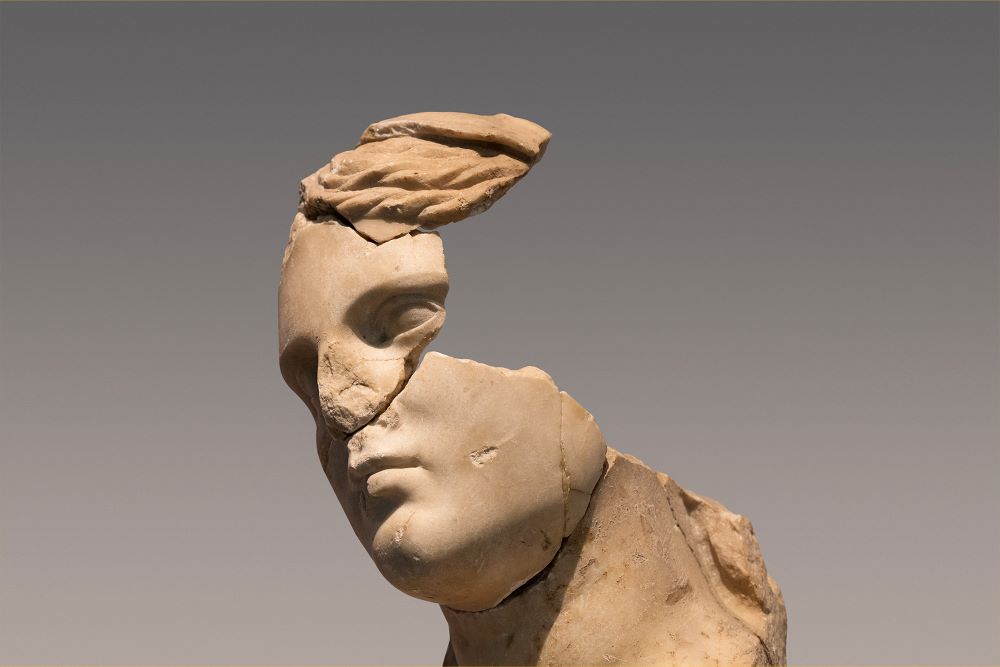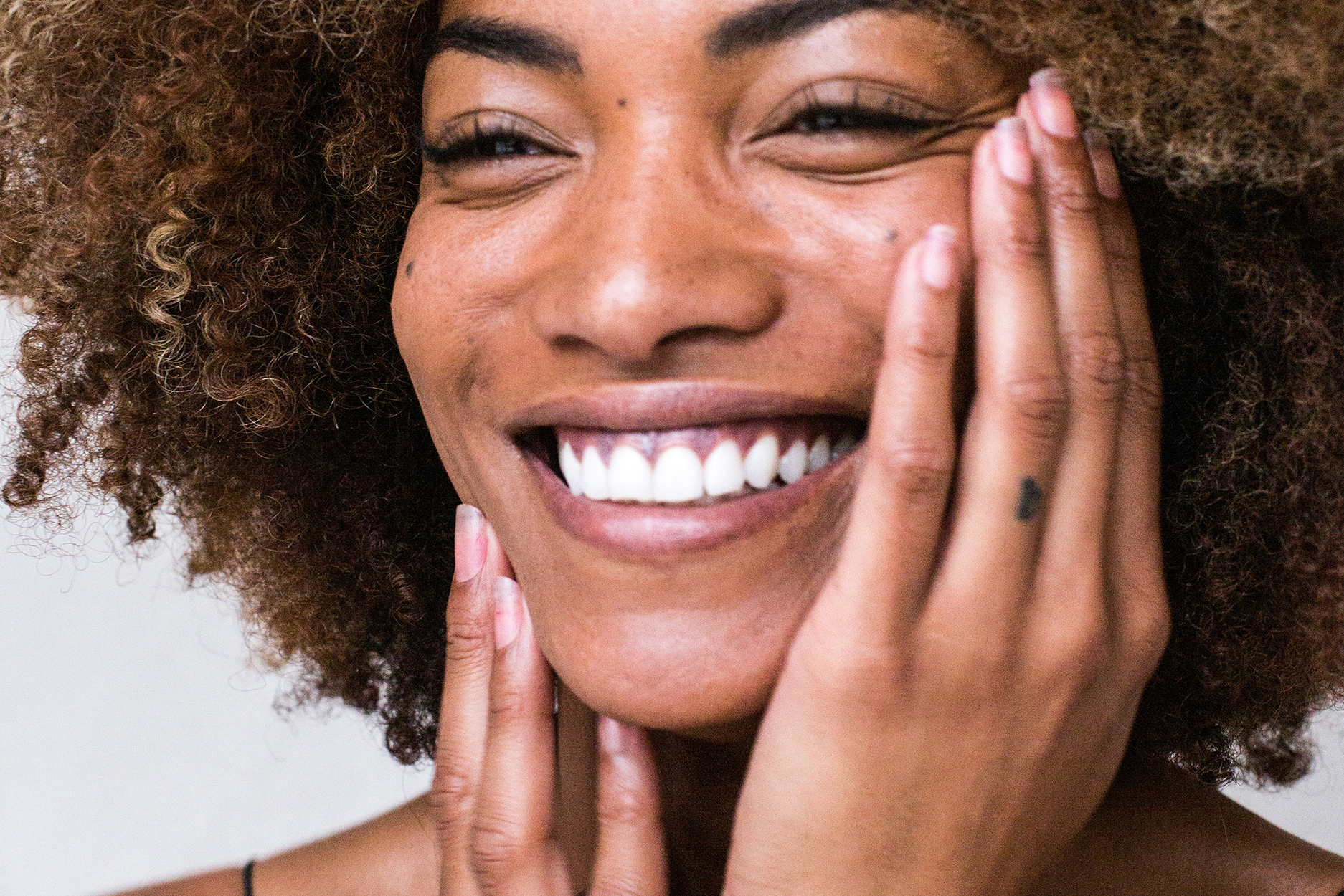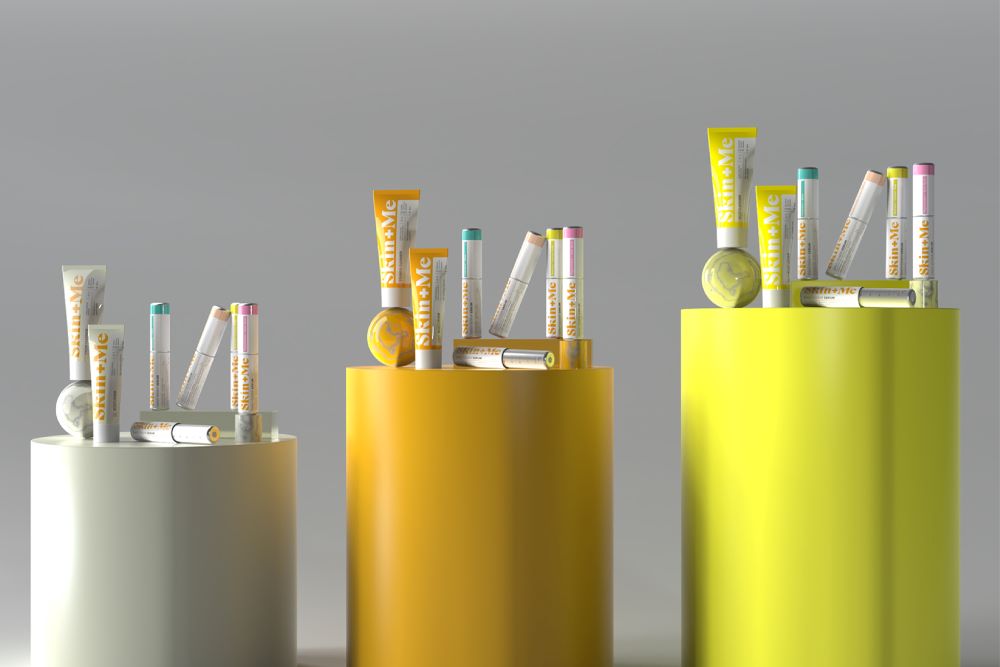You’re Invited! Join The Party At John Lewis

Link to share article here:
The History of Skincare: From the Ancients to Personalisation
Personalised science-led skincare is a modern innovation, but putting our best face forward is something we’ve been doing historically since 6000 BC. Granted, we’re not talking K-beauty ten-step routine trends or a skinimalist hyaluronic acid-infused moisturiser. Back in the day, we’ve seen people (mostly women) ‘make do and mend’ with beauty-boosting ingredients that were essentially whatever they could get their hands on.
Cleopatra maintained her legendary beauty by bathing in donkey milk. Elizabeth I doused her face with lead-white powder to strengthen her image of severity and power in a male-dominated world – she even sparked an ill-advised trend while doing it. Post-WW2, women out-smarted the shortage of nylon stockings by improvising with eyeliner and instant gravy. Let’s hope they smoothed out the lumps first.
Thankfully today, the ‘Bisto as fake tan’ trend is history. We’ve got elegantly formulated scientifically proven skincare to do everything from brightening our skin to our mood. Setting your personal skin goals – and achieving them – is as accessible as taking an online consultation and committing to a simple daily routine.
But just for fun, we’ve whizzed back through time to explore the ways we’ve strived to care for our skin and conform to beauty trends of past eras. And while our list isn’t comprehensive, you’re sure to enjoy the journey – and be as excited as us – about what the future holds for cutting-edge innovations in skincare.
Skincare in the Ancient World
Liquid gold – olive oil. This culinary favourite was a popular skincare hack for the ancient Greeks, who (like us today) aspired to a healthy glow. Wise women combined it with sea salt for a DIY scrub (for a homemade skincare hack stood the test of time).
Honey, milk and yoghurt were widely used to treat signs of ageing. Honey’s antibacterial properties were a popular acne treatment, while the probiotics in yoghurt made a top-notch moisturiser. We’ll stick to glycerin for now though.
The ancient Egyptians had their own skincare tricks, using sour milk and patchouli to treat acne – regulating oil production and fortifying the skin (endorsed by King Tut himself). Queen Cleopatra’s famed donkey milk baths tap into the same concept. Soured milk produces AHA lactic acid, creating an exfoliating, surface-peeling soak, paving the way for smoother and blemish-free skin. Genius.
Soured milk baths produce AHA lactic acid, creating an exfoliating, surface-peeling soak, paving the way for smoother and blemish-free skin.
The Egyptians also pioneered the use of white-lead face cream (also known as ceruse), to clear spots, improve texture and skin tone, setting a trend – for an aesthetic, not the toxic ingredient – that would continue throughout history.
We know the Romans enjoyed a good soak, as bathhouses popped up across their empire. Acne issues? They added sulphur to hot water baths, easing inflammation and killing bacteria — could it give azelaic acid a run for its money?
Over to the Middle Ages, 12th-century women used plant-based sources like aloe vera, rosemary and cucumber to cleanse their skin – much-loved ingredients that wouldn’t raise an eyelid today. They also made balms using animal fat, toners with vinegar and face masks with seeds, leaves and flowers.
According to the 14th-century French poem Roman de la Rose, they were also fans of pimple-popping, “If her hands are not fair and unblemished but marred by spots and pimples, she ought not to leave these alone but use a needle to remove them.” Not sure the dermatologists were so well-informed back then.
Sweet, suffering skincare
Women presented themselves to the world in different ways throughout history. As hunter-gatherers, they used rudimentary cosmetics. Upper-class women crushed-up beetles to get rouge pigments that could stain lips and cheeks. Indigenous people relied on age-old wisdom and herbal remedies for healing wounds and illnesses.
As we’ve already mentioned, using lead and mercury-based creams and cosmetics to maintain pale skin was a deadly error. Zero cosmetic regulation and whimsical trends to stay pale (and thus look like you spent less time out of the house working) meant that women unknowingly resorted to dangerous means to reflect the beauty conventions of the day.
Zero cosmetic regulation and whimsical trends to stay pale meant that women unknowingly resorted to dangerous means to reflect the beauty conventions of the day.
Alongside the artistic feats of the Renaissance period, science and medicine were still very much in their infancy. The first scientific body of work dedicated to dermatology, De morbis cutaneous (‘On the diseases of the skin’) was published in 1572, by Italian physician Geronimo Mercuriali.
Despite this advancement in knowledge about dermatology, toxic substances such as ceruse, mercury and lead sulphate remained popular for treating acne and pigmentation. Today, we rely on equally powerful but much safer treatments to meet our goals and sustain healthy skin, such as hydroquinone and the retinoids, tretinoin (thank you science!)
The Industrial Age
Technological advancements in the 18th and 19th centuries mirrored simultaneous social, economic and scientific advancements and innovations. Personal products (from hygiene to skincare and cosmetics) became more affordable and accessible. Upper-class women continued using skin lighteners, including zinc oxide, while more readily available resources like egg yolks, rosewater, lemon juice and honey were still popular DIY skin treatments.
Increased commercialisation in the latter half of the 19th century, boosted demand for ‘face-painting’ products and off-the-shelf skincare. Rimmel, Guerlain and Ponds (of cold cream fame) were all founded during this period, and stole our skincare hearts in the early days of mass advertising on billboards, magazines and newspapers.
Victorian doctors offered advice on maintaining natural and fresh beauty, but their advice was mostly directed at younger women to prevent ageing and offered little support to women looking to age well. Victorian dermatologist, Andrew Cooley suggested that skincare should aim to repair and renew the skin, comparing it to the regenerative nature of flowers. Today, we have the treatments and knowledge to maintain a healthy lifestyle holistically and build the confidence to stay in bloom as our best selves.
The idea of skin renewal and replenishment wasn’t misguided though – modern dermatology advocates the use of ingredients that increase skin cell turnover. The 19th century also saw the introduction of chemical peels. Ferdinand Ritter von Hebra, an Austrian dermatologist, treated freckles, scarring and skin texture with phenol, croton oil and small amounts of nitric acid.
Thoroughly modern makeup
The 20th-century completely redefined skincare and beauty, and brought with it unprecedented demand for new cosmetics and debate over the role they played in women’s image and society.
The invention of sunscreen in the 1930s marked a protective turning point in skincare. Both scientists and consumers understood more about the sun and the effect it had on the skin. Retinoic acid (later known as isotretinoin) was first studied in the 1960s, and used as an acne treatment successfully trialled well into the 1970s and 80s.
At the turn of the century, Madam C. J. Walker pioneered skincare, haircare and cosmetics for African-American women, refusing to create, carry or sell products that bleached or lightened the skin. She also taught other young black women how to start and operate businesses.
In the latter half of the 20th-century, many women began to reject traditional notions of femininity, including makeup and skincare as part of the growing economic and social freedoms women had fought for. By contrast, more economic and social freedoms meant more women had their own disposable income.
This in turn, saw makeup and skincare sales skyrocket after the Second World War. Industry icons Elizabeth Arden, Estee Lauder and Helena Rubinstein all successfully built, developed and marketed lipsticks, face powders, mascaras and eyeliners to women across the western world.
The 1960s, 70s and 80s saw an increased desire from consumers to look sunkissed, a far cry from the pale skin that had dominated the previous millennium. Bronzing lotions, fake tans and skin-damaging sunbed use grew in popularity during this time, as did sunscreens with SPF (sun protection factor).
Facing the future of skincare
Thankfully today, beauty and skincare trends are no longer dominated by a single narrative. You can follow a beauty or skincare tribe or be inspired by trends on social media (think TikTok or Instagram) or join in a fun, supportive conversation with other skincare enthusiasts online (join Skin + Me’s Facebook group, The Collective).
Smart women (and men!) want products that enhance, protect and make them feel good. No one-size-fits-all solution is going to deliver every person’s skin goal and that’s why innovations in personalised skincare are at the forefront of modern trends in the cosmetics industry.
It’s not magic, it’s science. And we’re here for it.
New to Skin + Me? Get your first month of personalised skincare for £4.99 with promo code DOSE – complete our quick consultation here.
Looking for a routine refresh? Add the Dream Routine to your Skin + Me subscription.
In need of a restock? Head to The Skincare Shop for one-off purchases of your Routine Essentials.



